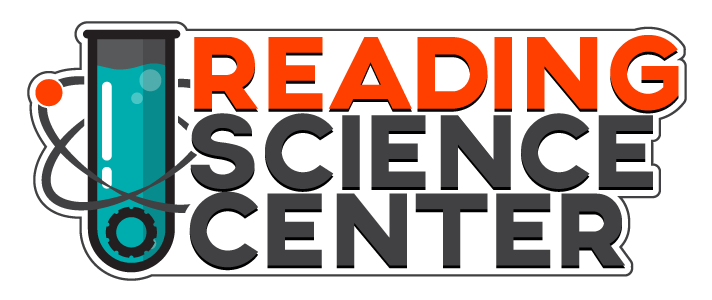Investigate fruits and vegetables you know very well and begin to take a closer look at ones you’ve never tried before. In this experiment, you may find some new fruits and vegetables you love to add to your meals!
Question
How do new fruits and vegetables compare with the ones you are more familiar with?
Materials
- Fruits
- Vegetables
- Knife (for adults only)
What to Do
- Gather some well known fruits and vegetables (bananas, apples, oranges, broccoli, cauliflower, peas) along with other, unfamiliar fruits and vegetables. You can do this experiment over a few weeks so the fruit and vegetables do not go bad.
- Examine the fruits and vegetables you do know well. Categorize them based on seed number, taste, color, texture, smell and other criteria you find interesting. You can cut into them, taste them, smell them, etc. to make your observations.
- Repeat step 2 with the fruits and vegetables you do not know well. Did you find any similarities with the ones you do know well?
What do you think is the difference between a fruit and a vegetable?
What is Happening?:
Scientists classify a fruit as the part of a plant that covers the seeds. This is why some foods that we think of as vegetables (like tomatoes) are actually fruits! The term “vegetable” is a term only used in cooking, so scientists do not classify anything as a “vegetable”. The word “vegetable” refers to the parts of plants that we eat other than the fruit. This includes stems, leaves, roots, flowers, bulbs, seeds and even fungi like mushrooms.
Activity add-ons:
Save the seeds from any of the foods you dissected – you can plant them later and grow your own fruits and vegetables!






